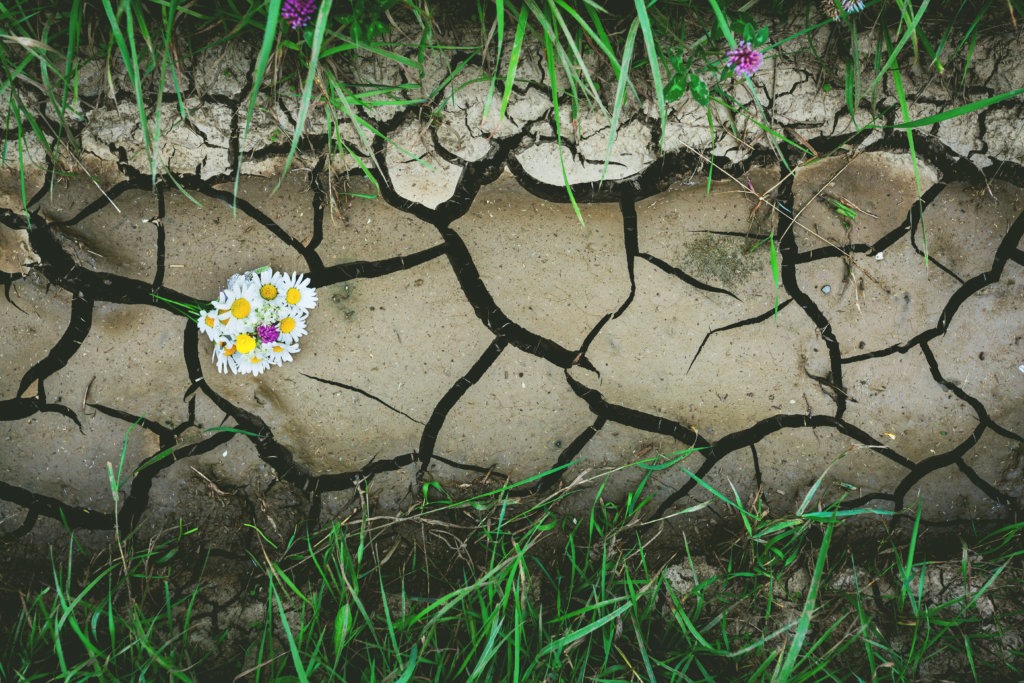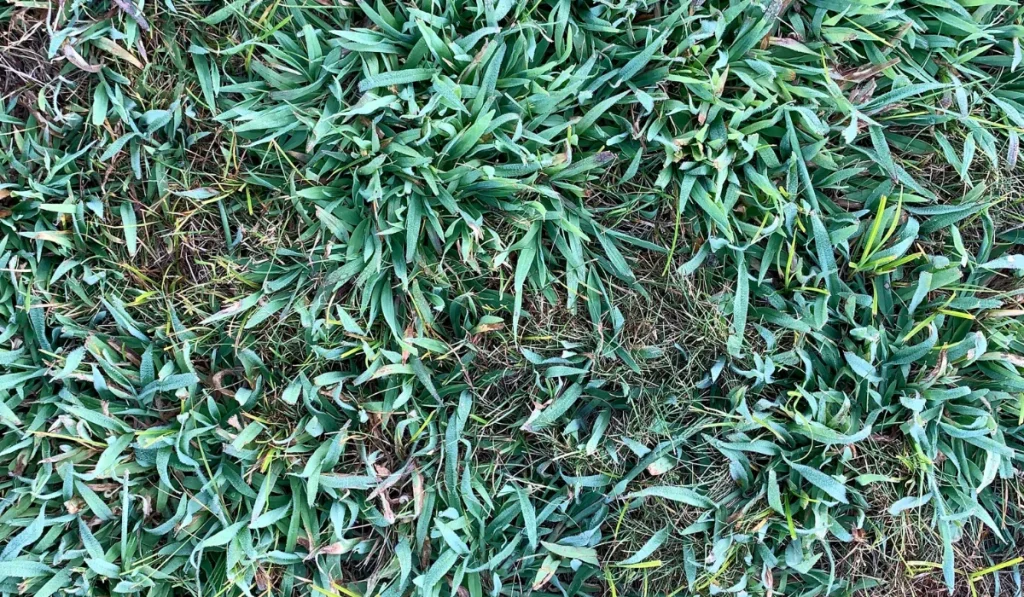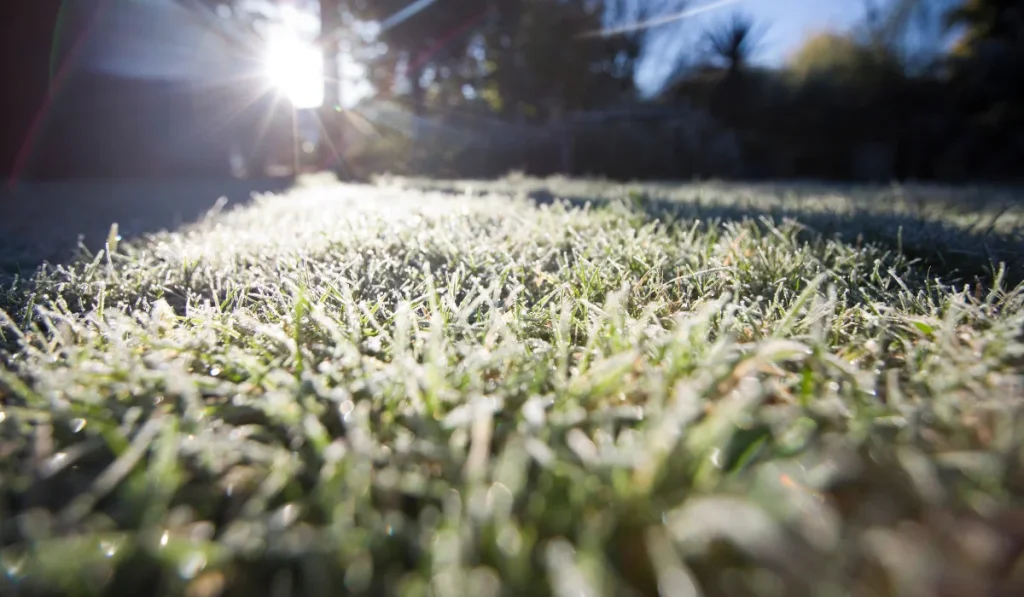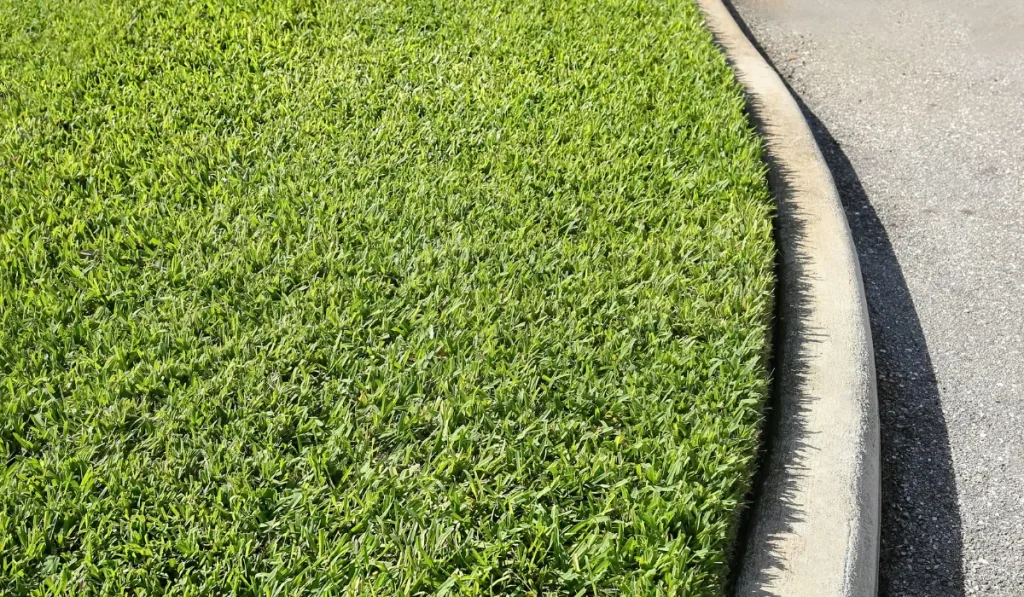When summer heat kicks in, maintaining a lush, green lawn can feel like an uphill battle. Fortunately, choosing the right type of grass can make all the difference. For homeowners in hot climates, warm-season grasses offer the durability and resilience needed to thrive under intense sun and high temperatures.
Let’s explore the best options for hot-weather lawns, their key features, and how to keep them healthy year-round.
Key Takeaways
- Drought-tolerant grasses like bermuda grass or zoysia are perfect for keeping lawns green in hot, dry weather.
- Deep-rooted grasses like tall fescue can handle drought and heavy use, making them great for active yards.
- Picking the right grass means thinking about heat tolerance, shade, soil type, and how much traffic it’ll get.
- Smart care like deep watering, mowing right, and fertilizing keeps your lawn looking great even in extreme heat.02
1. Bermudagrass
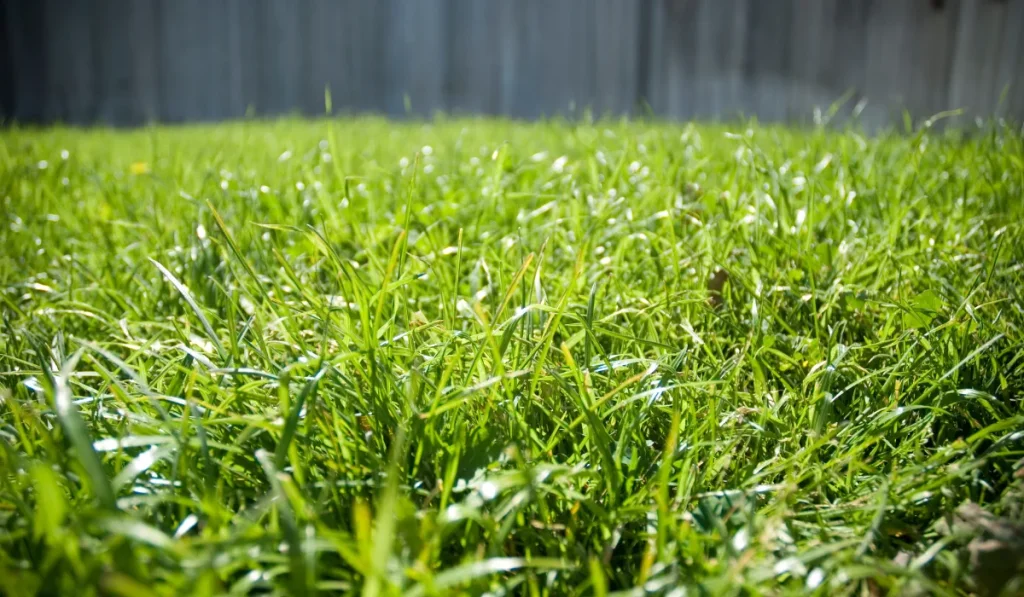
Bermudagrass is a robust warm-season grass known for its drought tolerance and deep root system.
It thrives in full sun, recovers quickly from wear and tear, and is ideal for high-traffic areas like golf courses and athletic fields. However, it requires consistent mowing and struggles in heavily shaded areas.
2. Zoysia Grass
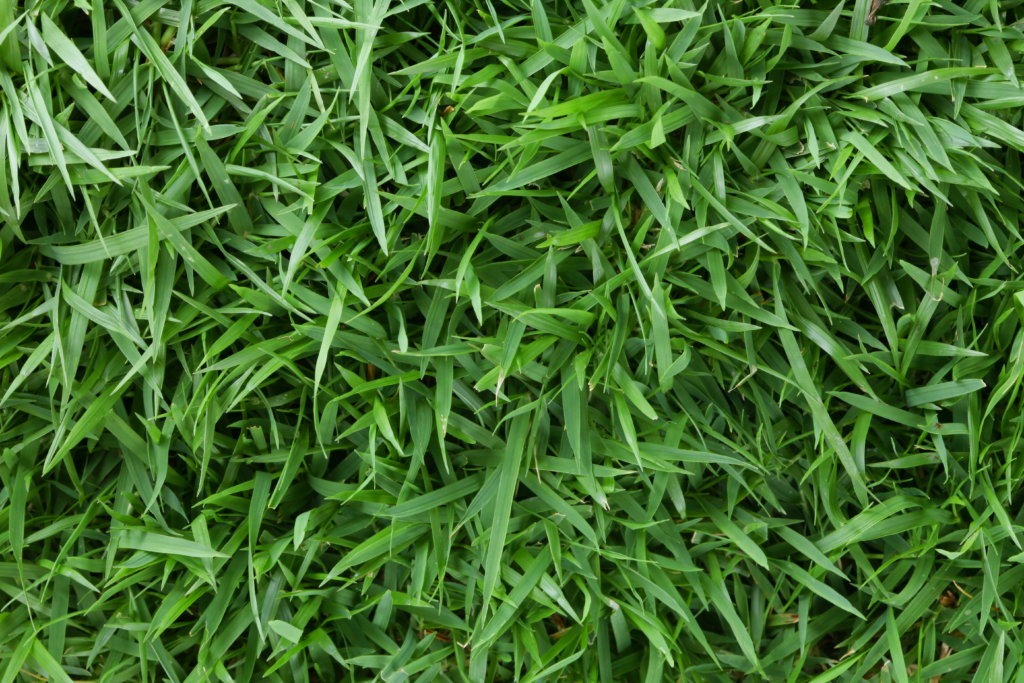
Zoysia grass is an excellent choice for a low-maintenance lawn.
With its fine texture and moderate shade tolerance, it works well in both sunny and partially shaded areas. Its dense growth helps suppress weeds, though it can take longer to establish than other grass types.
3. St. Augustine Grass
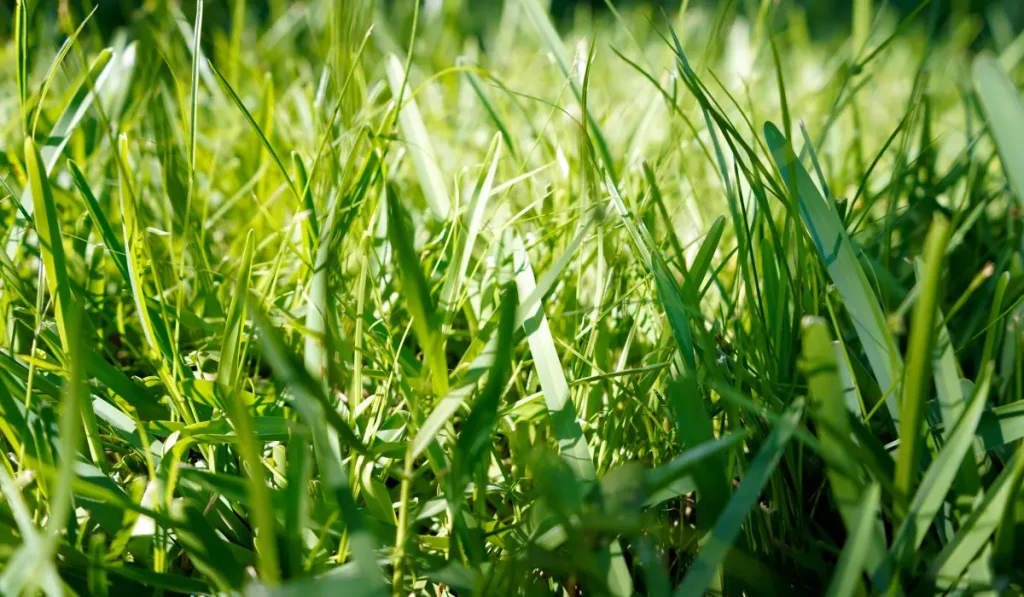
St. Augustine grass is loved for its thick, carpet-like appearance and adaptability to partial shade. It grows best in warmer climates, but it requires more water and care to stay lush compared to other drought-tolerant options.
4. Buffalo Grass
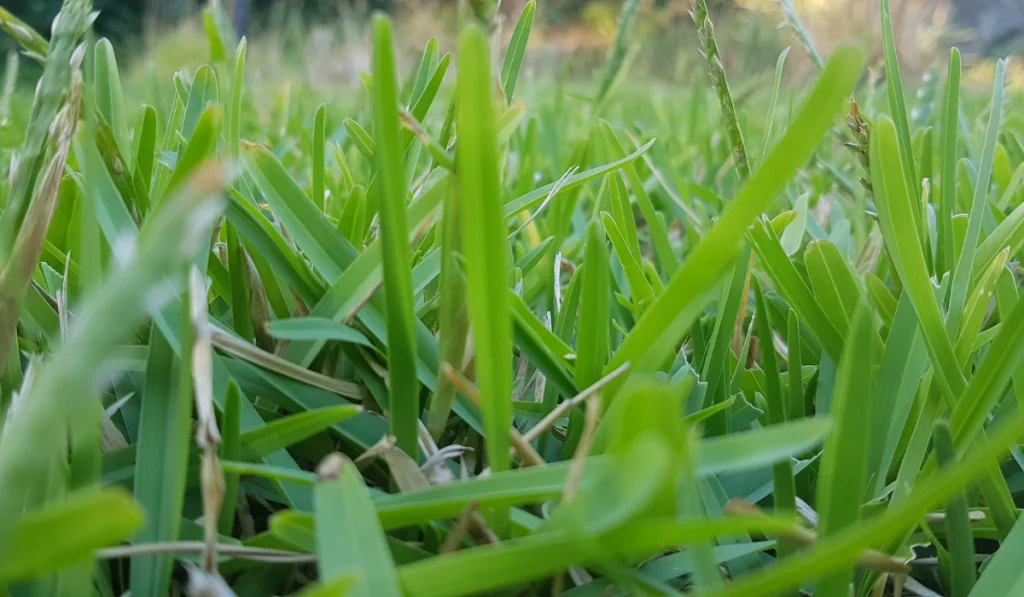
Buffalo grass is a low-water, eco-friendly choice, thriving in areas with minimal irrigation. Its fine blades and drought resistance make it a favorite for homeowners looking to reduce water usage. However, it is not as tolerant of heavy foot traffic.
5. Bahiagrass
Bahiagrass is well-suited for poor soil conditions and hot, humid climates. It has excellent drought resistance thanks to its deep root system, making it ideal for low-maintenance lawns.
While it tolerates heat well, it has a coarser texture that may not appeal to everyone.
6. Tall Fescue
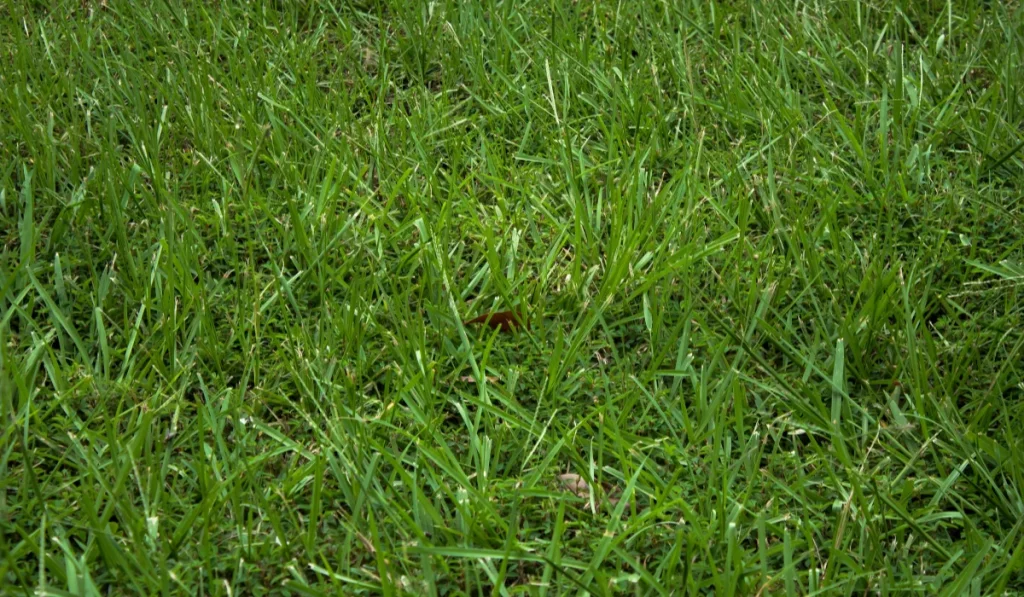
Tall fescue is a versatile option that works in both transition zones and hot climates.
Its drought tolerance and shade tolerance make it suitable for yards with varying light conditions. Plus, its deep roots enable it to endure dry spells better than many other cool-season grasses.
7. Centipede Grass
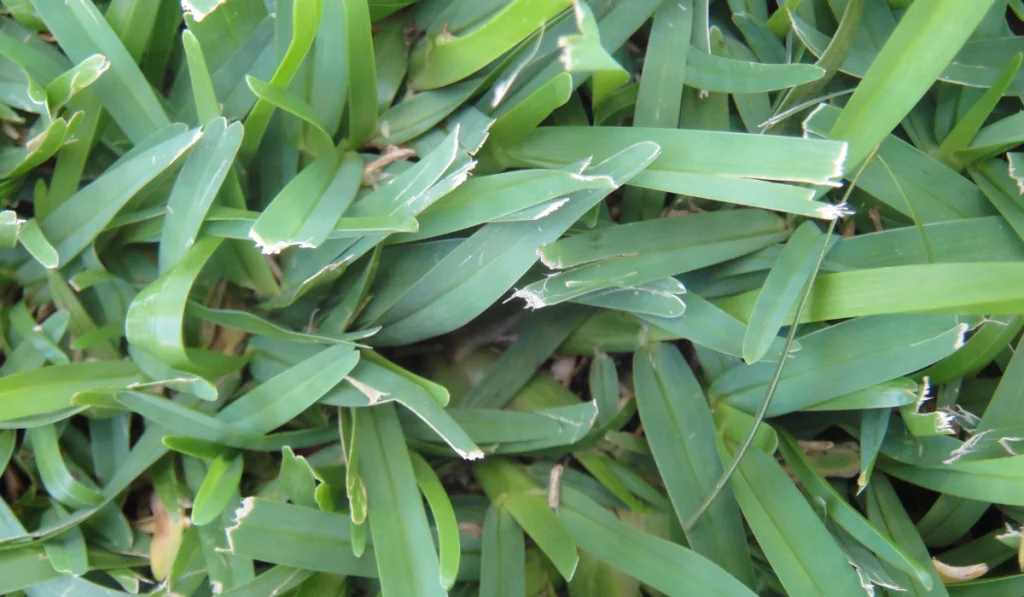
Centipede grass is popular in the southeast for its adaptability to sandy or poor soil. It requires minimal fertilization and thrives in full sun, but it can thin out in shady areas.
This grass is ideal for homeowners seeking a low-maintenance option with a unique, soft appearance.
8. Perennial Ryegrass
While typically considered a cool-season grass, perennial ryegrass can be used in overseeding warm-season lawns for year-round greenery.
It germinates quickly, tolerates foot traffic, and offers a rich, green appearance during the winter months when warm-season grasses go dormant.
9. Kentucky Bluegrass (Hybrid Varieties)
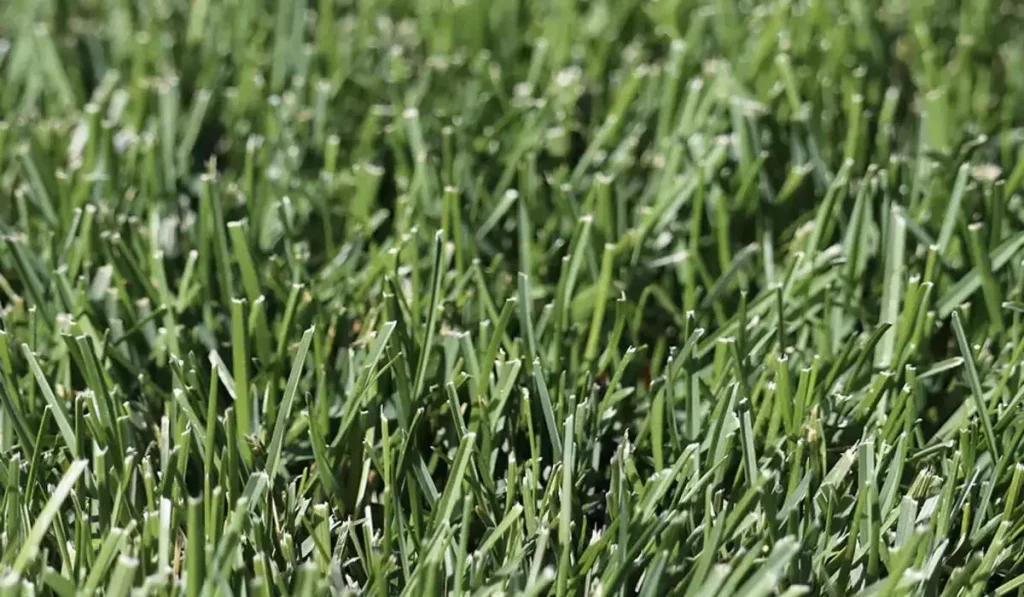
Traditional Kentucky bluegrass may struggle in hot climates, but newer hybrid varieties are bred for drought tolerance and resilience in warmer climates.
These hybrids offer the lush, green appearance of classic bluegrass with improved heat resistance.
How to Choose a Grass for Hot Climates
Here are a few key factors to keep in mind as you decide which grass will work best for your yard.
Heat and Drought Tolerance
Grasses with deep root systems, such as bermuda grass and zoysia, excel in high temperatures and periods of drought. These roots enable the grass to access moisture deep within the soil, ensuring a greener lawn during dry spells.
Shade Tolerance
For lawns with trees or shaded areas, St. Augustine and Zoysia grasses are better equipped to handle partial shade. However, keep in mind that most warm-season grasses still prefer sunny conditions for optimal growth.
Soil Conditions
Some grasses, like centipede and buffalo grass, thrive in sandy or nutrient-poor soils, while others may require more fertile ground. Conducting a soil test before planting can help you select the best grass seed or sod for your lawn.
Traffic and Use
If your lawn sees a lot of foot traffic—from kids, pets, or outdoor entertaining—opt for hardy varieties like bermuda grass or zoysia, which recover quickly from wear and tear.
How to Maintain a Healthy Lawn in Hot Climates
Keeping your lawn green and healthy during hot weather doesn’t have to be a struggle. With a few smart lawn care habits, you can help your grass beat the heat and look great all season long.
Here are some tips for maintaining a healthy lawn when it heats up.
Water Wisely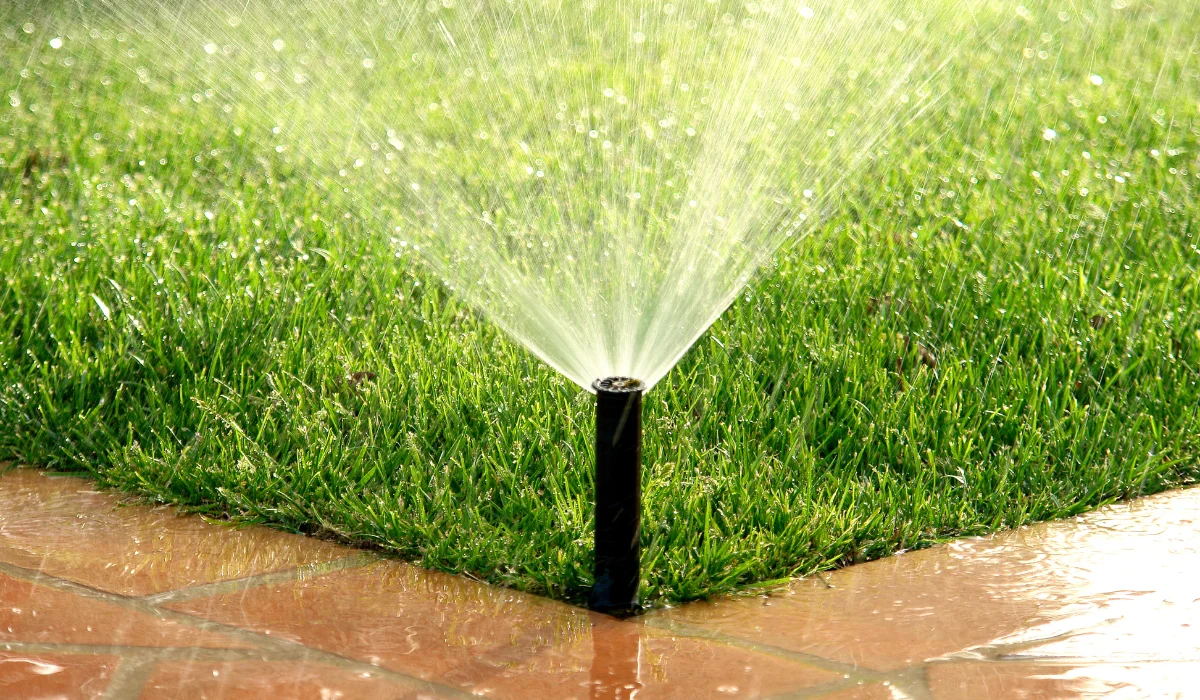 | Water deeply but infrequently to encourage a robust root system. Early morning watering is best to minimize evaporation. |
Fertilize Properly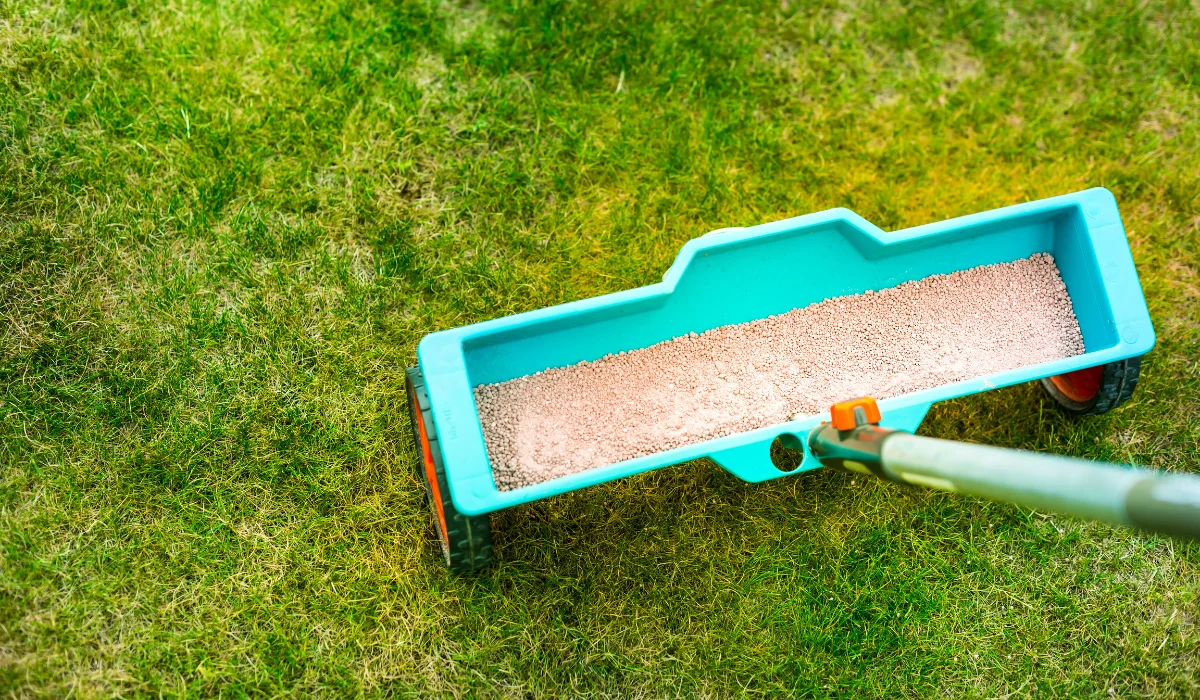 | Warm-season grasses benefit from fertilization during their active growing season, typically spring through early fall. Use a slow-release fertilizer to avoid burning the lawn. |
Mow Regularly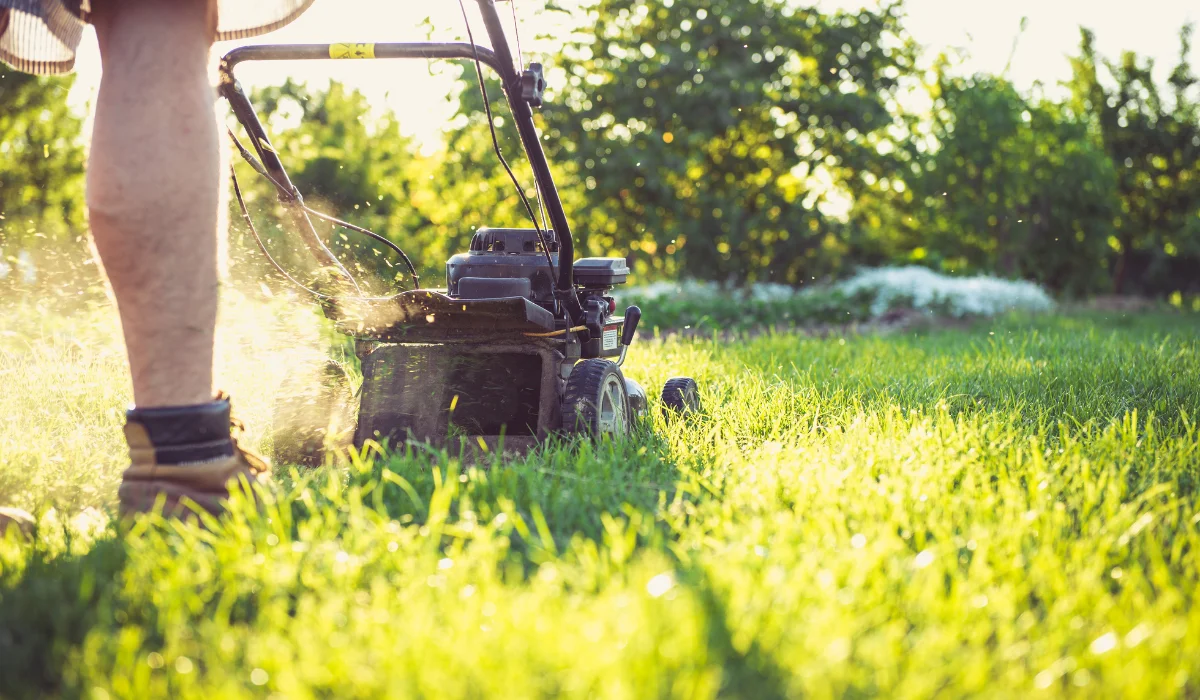 | Mow at the recommended height for your grass type. Cutting more than one-third of the blade at a time can stress the lawn, especially in hot weather. |
Aerate and Overseed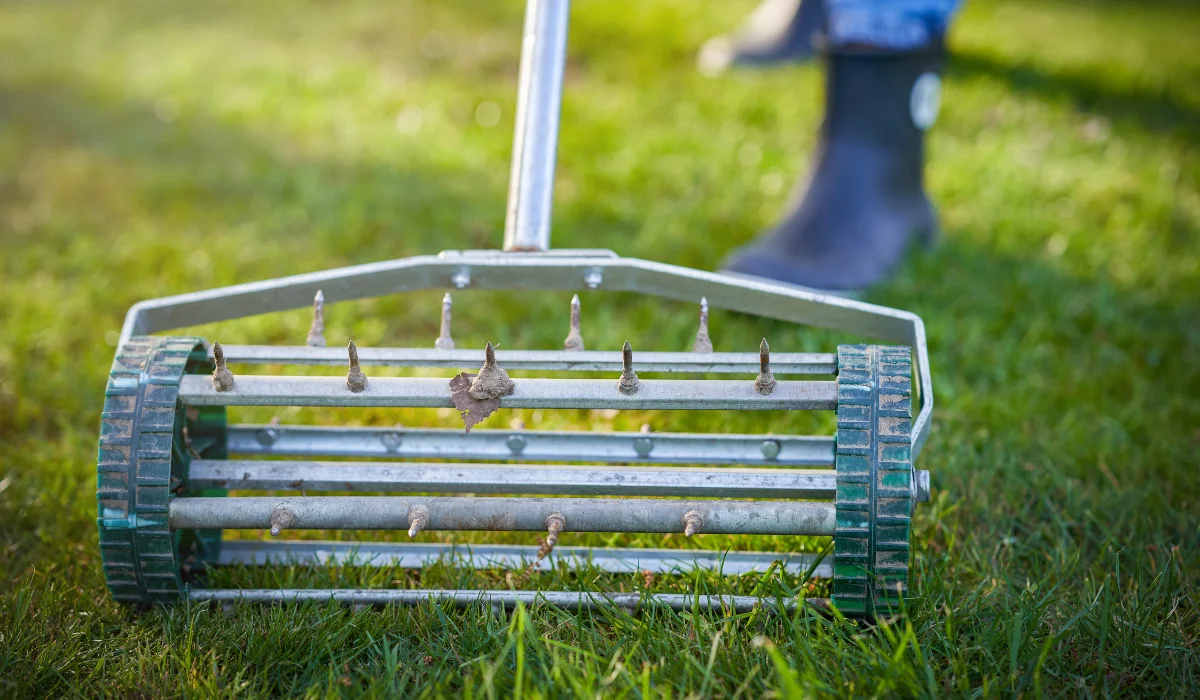 | Aeration improves soil conditions and allows water and nutrients to penetrate deeply. Consider overseeding with a compatible grass type to enhance durability and appearance. |
Mulch and Protect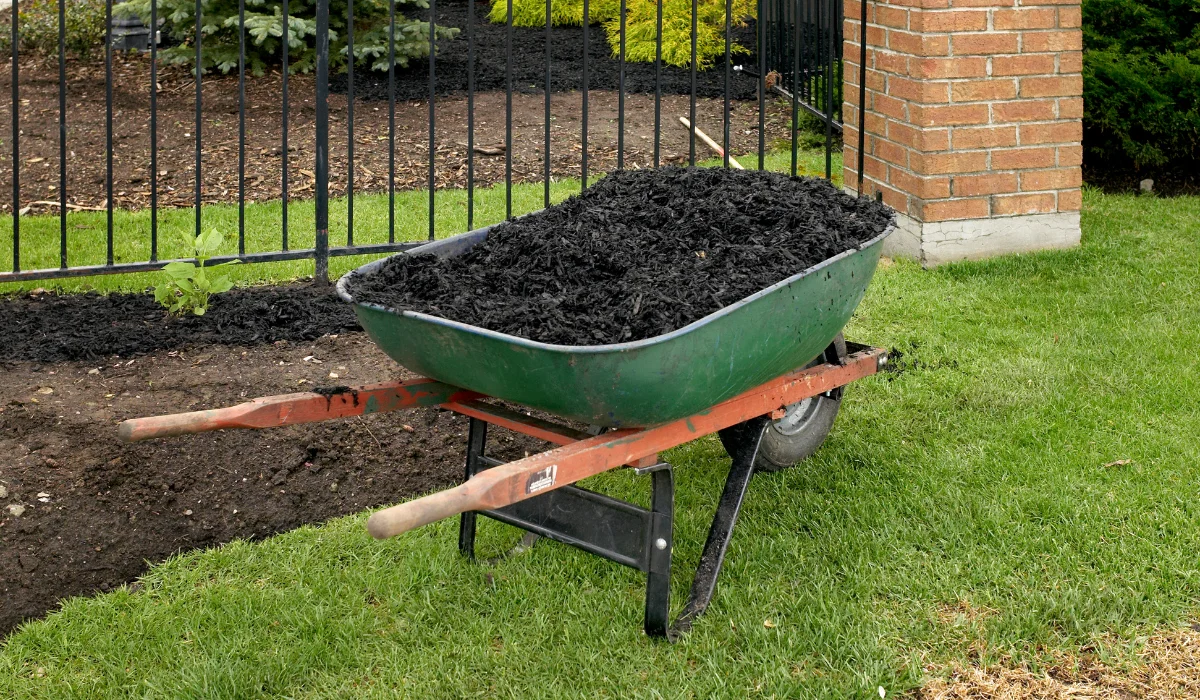 | Use mulch around trees and garden beds to conserve soil moisture and reduce the lawn’s water needs. This is especially important during extreme heat. |
